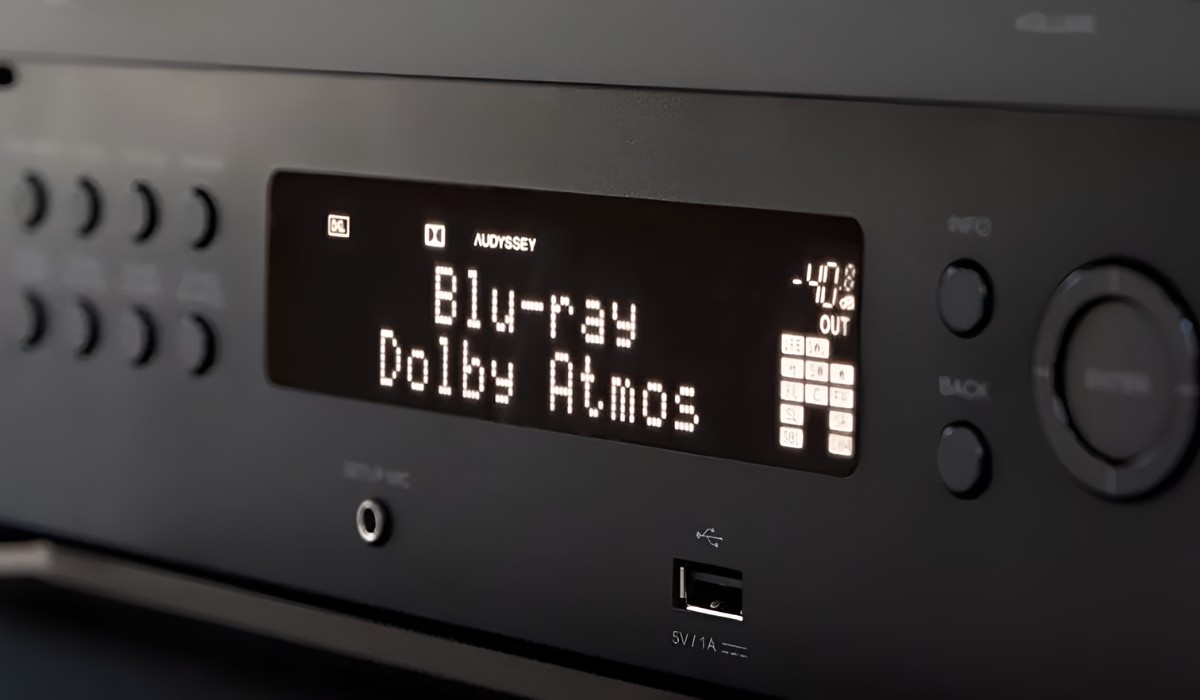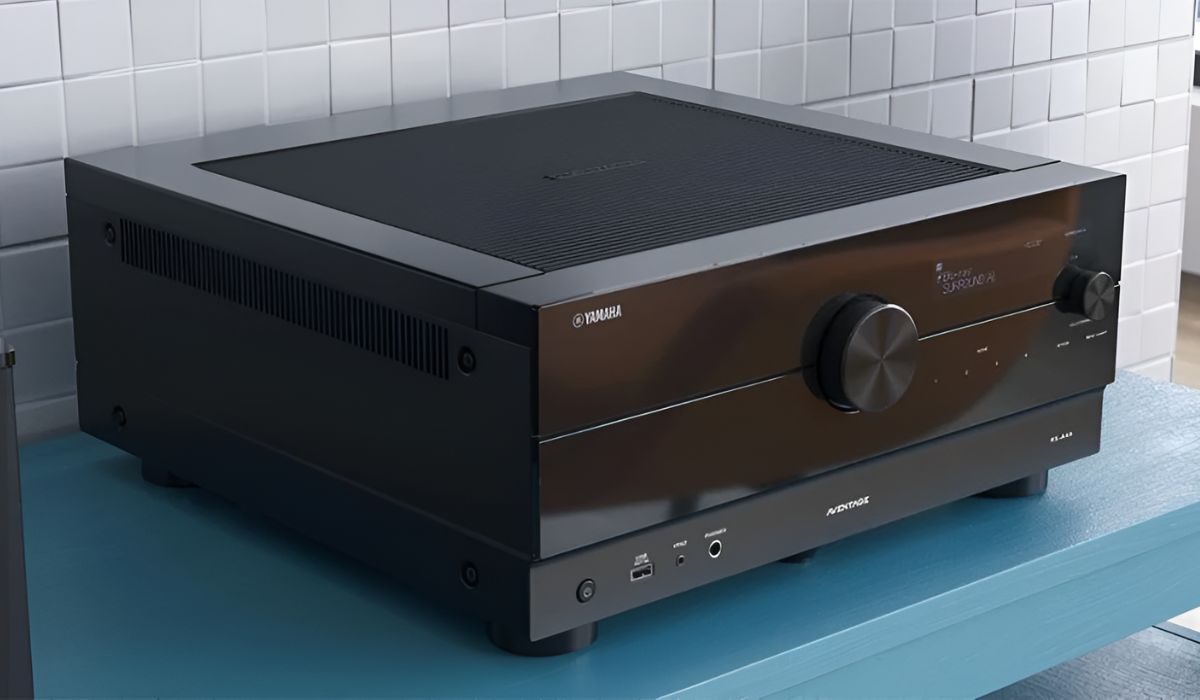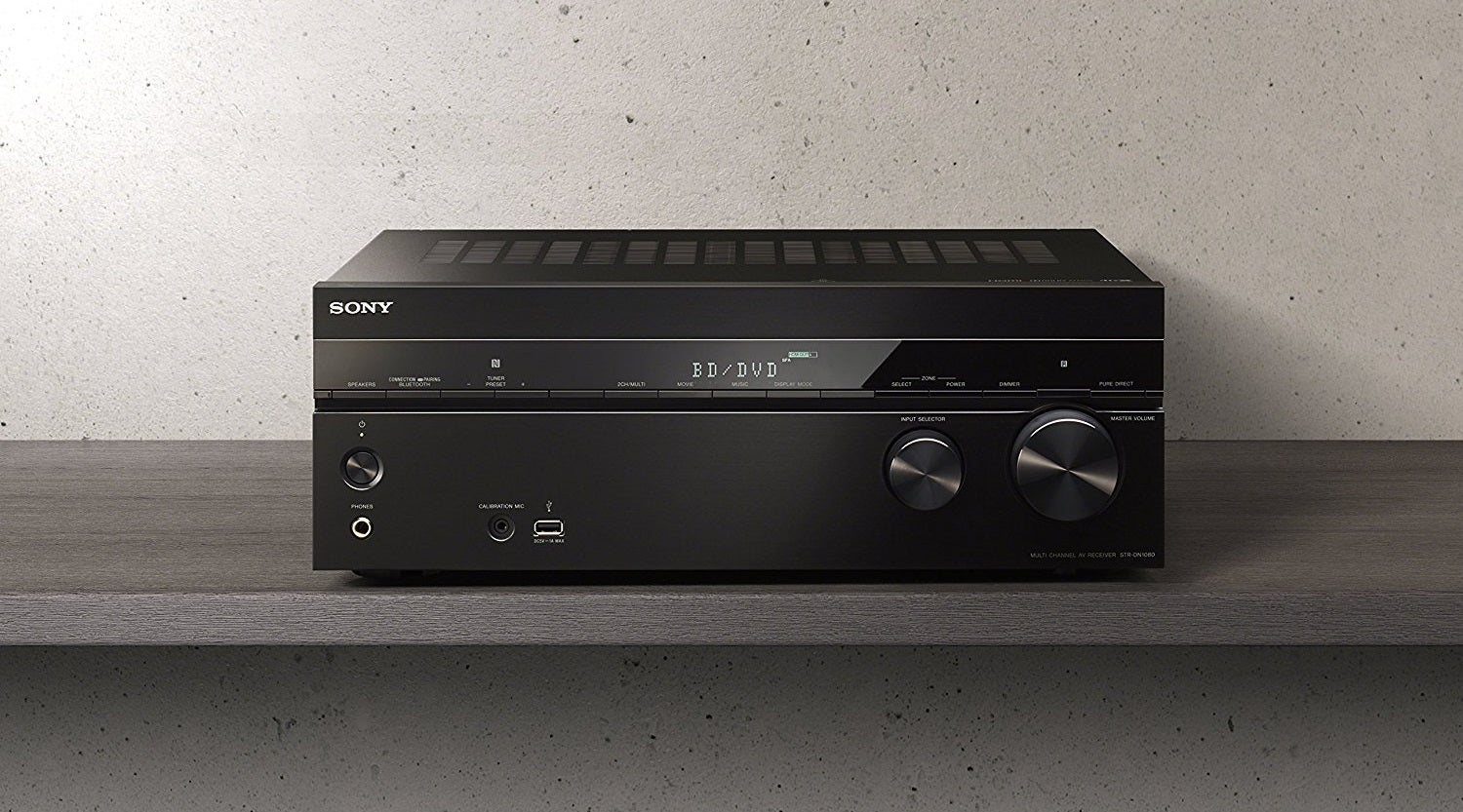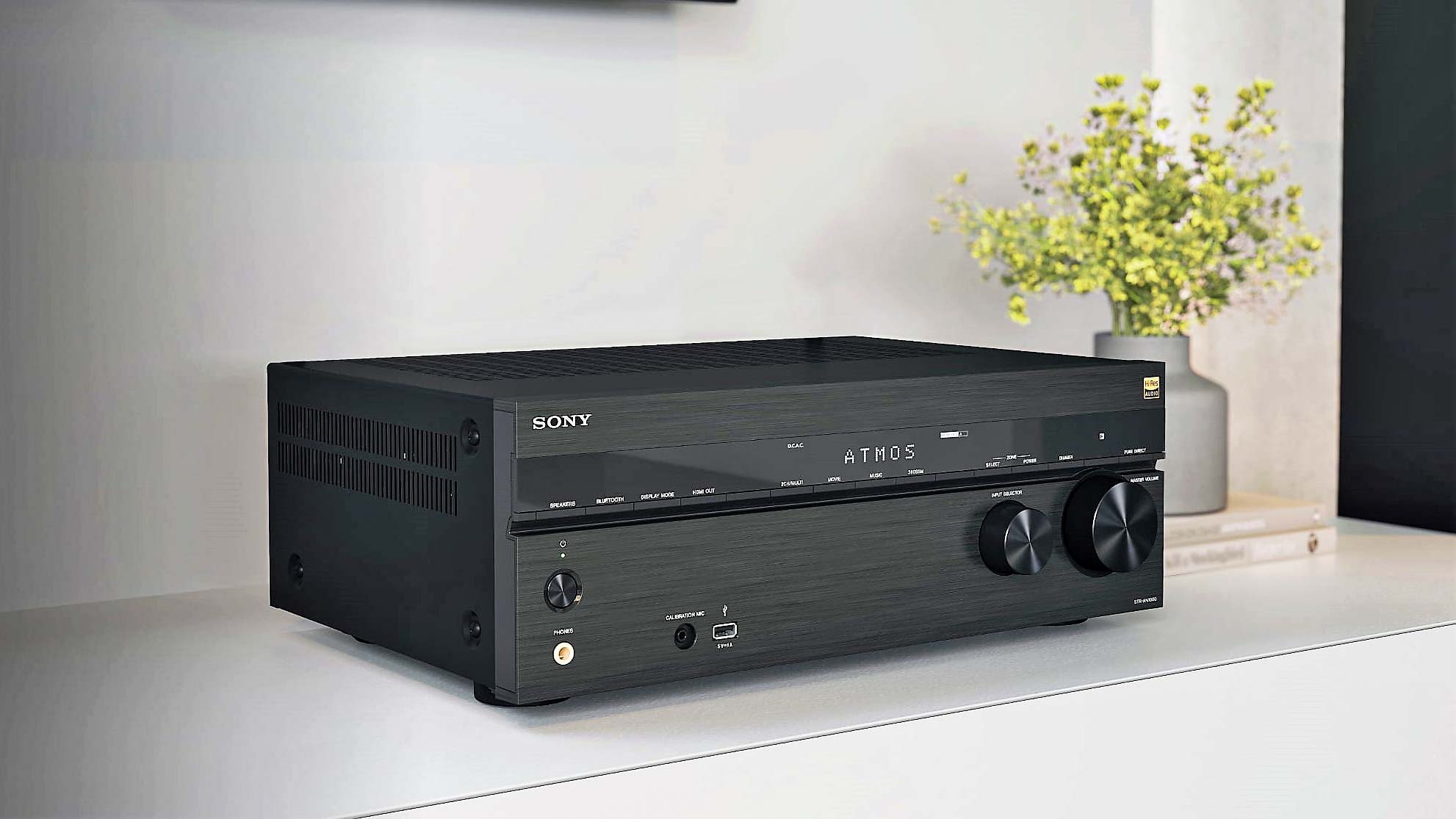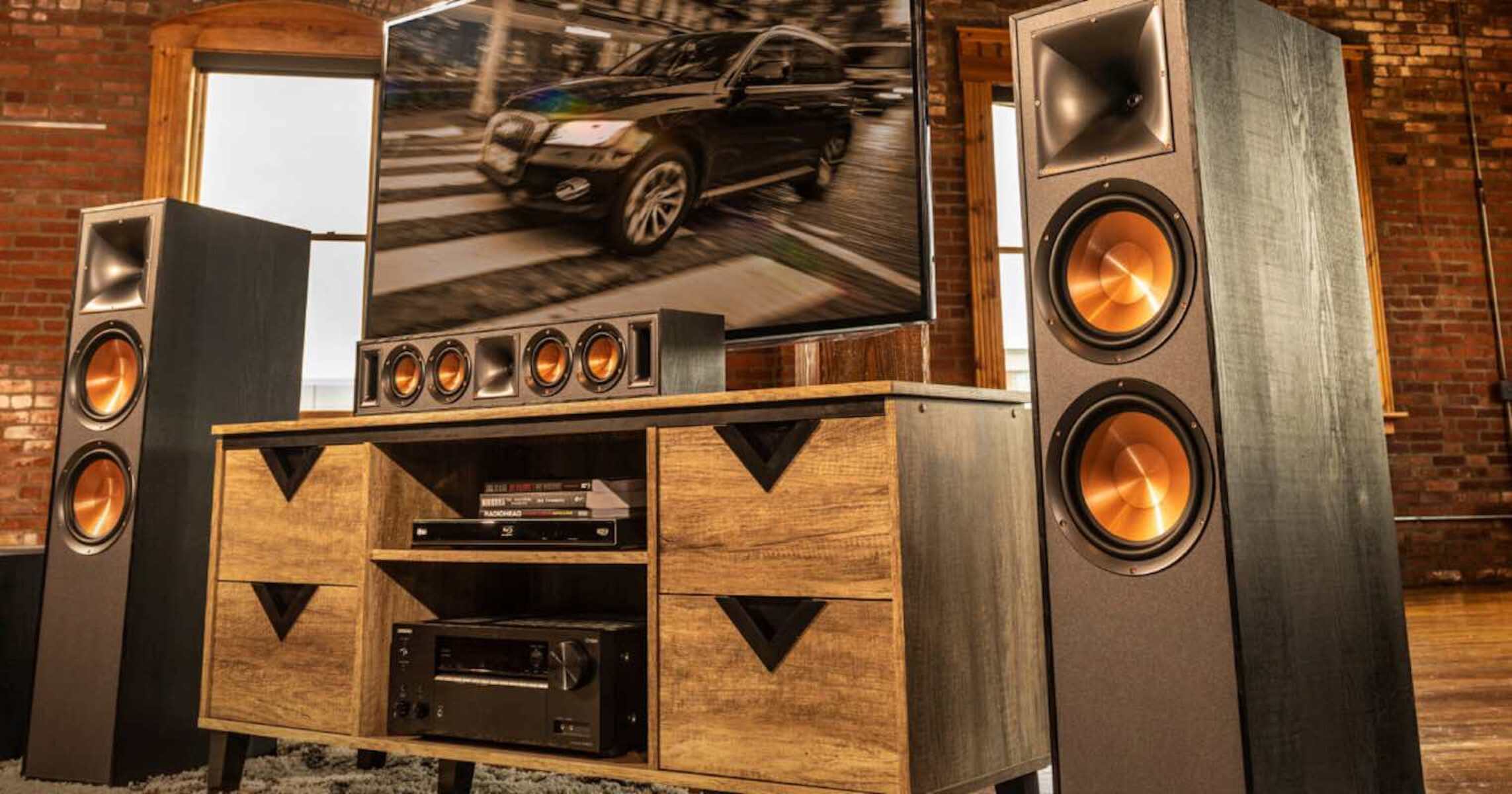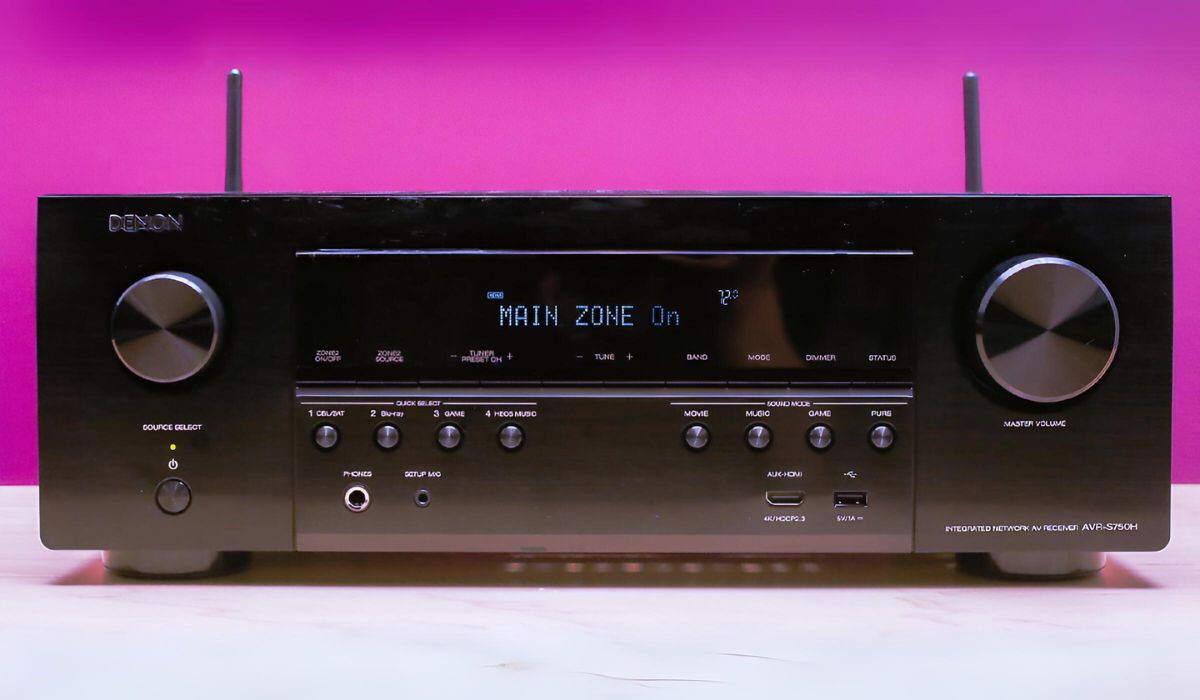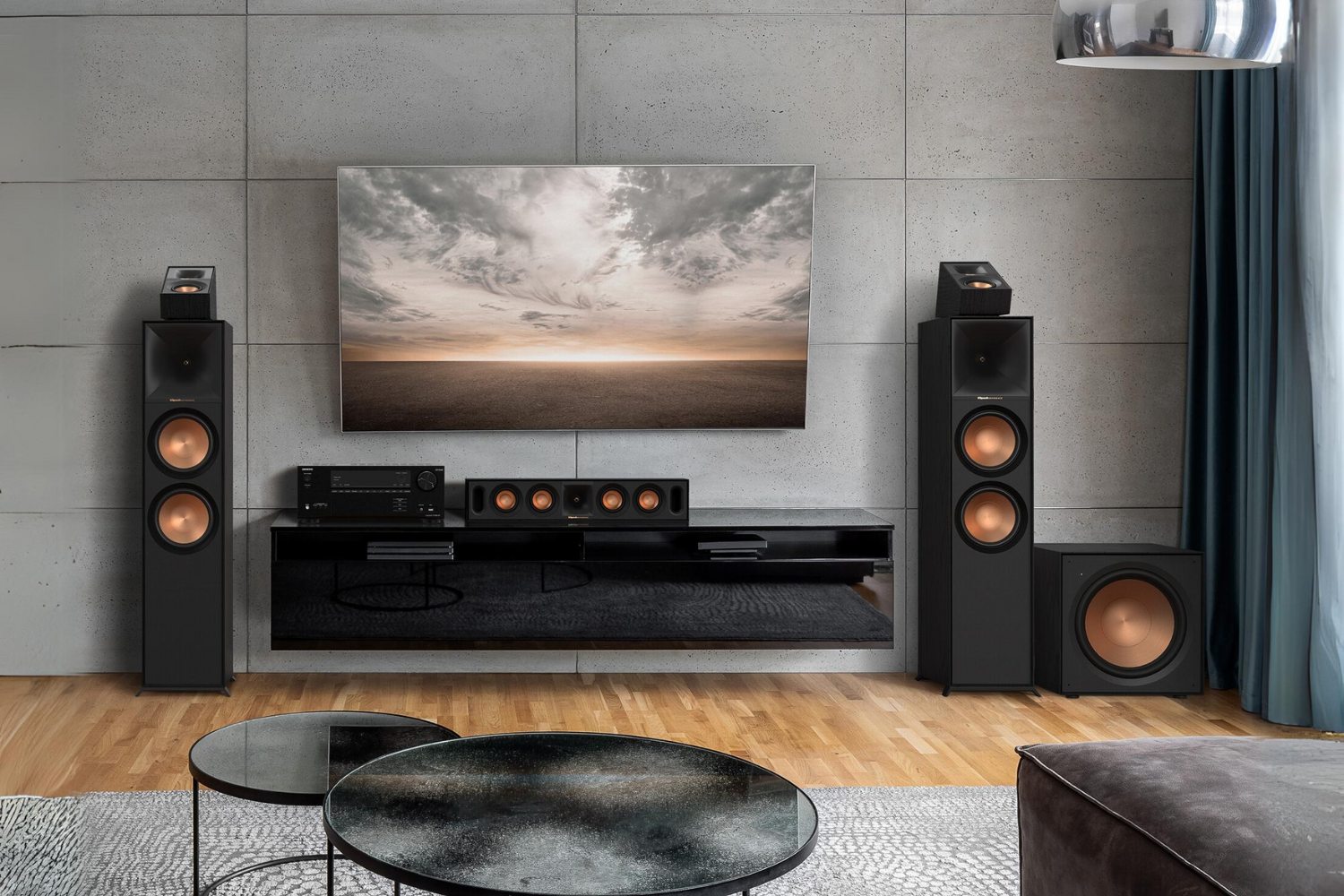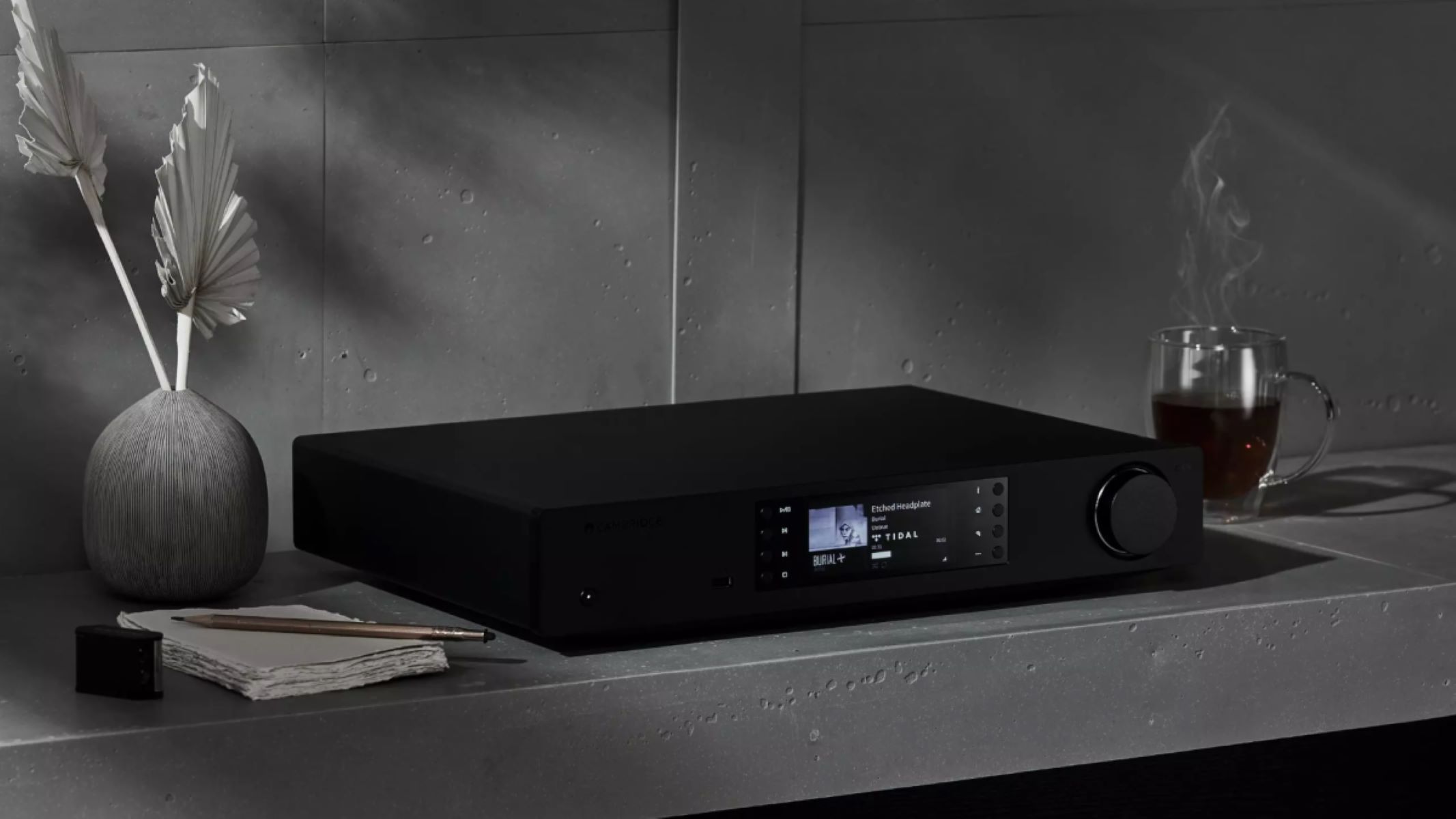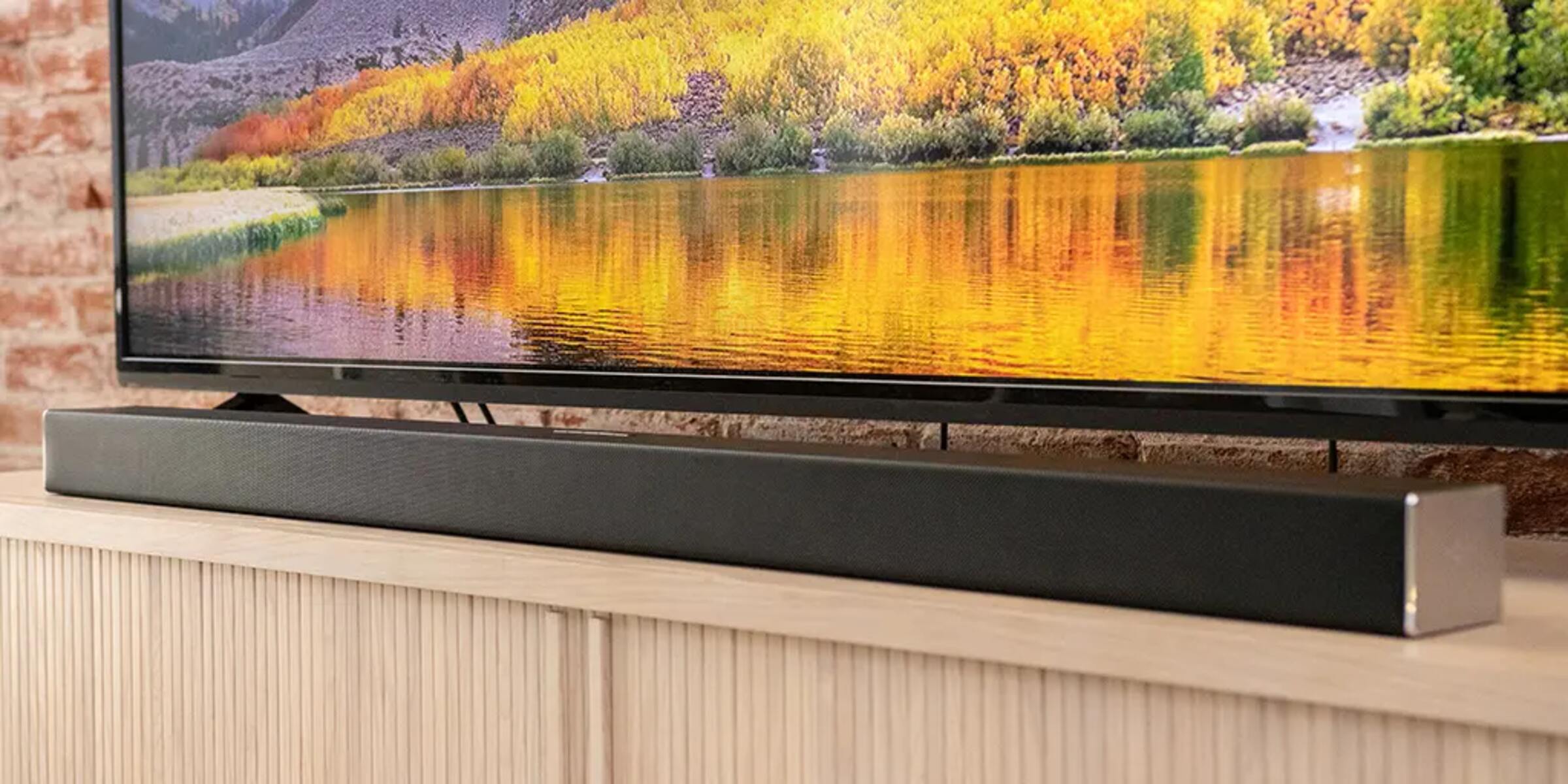Introduction
Welcome to the immersive world of Dolby Atmos, where sound comes alive in a three-dimensional space, enveloping you in a captivating audio experience. As technology continues to advance, home entertainment systems have evolved to deliver cinema-quality sound right in your living room. One integral component of this audio revolution is Dolby Atmos, a cutting-edge audio format that adds a new dimension to your listening experience.
Dolby Atmos is renowned for its ability to create a lifelike audio environment, allowing sound to move around you in a seamless, three-dimensional space. By incorporating height channels, Dolby Atmos provides a more realistic and enveloping sound experience, elevating your home entertainment to new heights. Whether you're watching a blockbuster movie, playing a video game, or streaming your favorite music, Dolby Atmos brings a new level of depth and immersion to your audio content.
In this guide, we will delve into the intricacies of Dolby Atmos and explore the optimal speaker placement for this advanced audio format. Additionally, we will walk you through the process of connecting Dolby Atmos speakers to an AV receiver, ensuring that you can unleash the full potential of this revolutionary audio technology in your home theater setup. Whether you're a seasoned audiophile or a newcomer to the world of home audio systems, this guide will equip you with the knowledge and skills to optimize your Dolby Atmos experience.
Join us as we embark on a journey to unlock the full potential of Dolby Atmos, transforming your living space into a captivating audio oasis. Let's dive into the world of immersive sound and discover the magic of Dolby Atmos.
Understanding Dolby Atmos
Dolby Atmos represents a paradigm shift in audio technology, redefining the way we experience sound in home entertainment. Unlike traditional surround sound systems that rely on channels, Dolby Atmos introduces a revolutionary concept: audio objects. These audio objects are not restricted to specific channels but instead exist in a three-dimensional space, allowing for precise placement and movement of sound within a room.
At the core of Dolby Atmos is its ability to incorporate height channels, enabling sound to emanate from above, creating a truly immersive audio experience. By integrating overhead speakers or elevation modules, Dolby Atmos unlocks a new dimension of audio, delivering a sense of depth and realism that was previously unattainable in home theaters.
One of the key features of Dolby Atmos is its adaptability to various speaker configurations. Whether you opt for a 5.1.2, 7.1.4, or even more elaborate setup, Dolby Atmos seamlessly adapts to accommodate the specific speaker layout, ensuring that the audio objects are rendered with precision and accuracy.
Furthermore, Dolby Atmos is not limited to movies and TV shows; it extends its immersive capabilities to gaming and music, enhancing the overall entertainment experience across a wide range of media. This versatility makes Dolby Atmos a compelling choice for audio enthusiasts and casual consumers alike, as it enriches the audio landscape across diverse content platforms.
By understanding the fundamental principles of Dolby Atmos, you gain insight into its transformative impact on home audio. The next section will delve into the crucial aspect of speaker placement for Dolby Atmos, shedding light on the optimal positioning to maximize the immersive potential of this groundbreaking audio format.
Speaker Placement for Dolby Atmos
Optimal speaker placement is paramount in harnessing the full potential of Dolby Atmos, as it directly contributes to the immersive and lifelike audio experience that this technology is renowned for. When setting up a Dolby Atmos system, careful consideration should be given to the positioning of speakers to ensure that the audio objects are rendered with precision and accuracy.
Central to Dolby Atmos speaker placement is the incorporation of height channels, which introduce the element of vertical sound dispersion. In a typical Dolby Atmos setup, the inclusion of overhead speakers or elevation modules is essential to create a sense of height and depth in the audio field. These height channels enable sound to move above and around the listener, adding a new dimension to the audio environment.
The recommended speaker configuration for a Dolby Atmos system often includes a combination of traditional surround sound speakers and dedicated overhead or elevation speakers. For instance, a 5.1.2 setup comprises five traditional speakers (front left, front right, center, surround left, surround right), one subwoofer, and two overhead speakers. This configuration sets the stage for a captivating audio experience, allowing sound to envelop the listener from all directions, including above.
When positioning overhead speakers, it is crucial to place them directly above the primary listening area to achieve optimal audio immersion. Additionally, the angle and distance of the overhead speakers should be adjusted to align with the listener’s position, ensuring that the height channels effectively convey the spatial audio effects encoded in Dolby Atmos content.
Furthermore, for rooms with vaulted or angled ceilings, specialized mounting hardware or speaker stands may be required to facilitate the precise placement of overhead speakers, maintaining the integrity of the Dolby Atmos audio experience.
Understanding the intricacies of speaker placement is fundamental to unlocking the captivating potential of Dolby Atmos. By strategically situating the speakers in accordance with the recommended configurations, you can create a dynamic audio environment that transcends traditional surround sound, elevating your home entertainment to new heights.
Connecting Dolby Atmos Speakers to an AV Receiver
When integrating Dolby Atmos speakers into your home theater setup, seamless connectivity to an AV receiver is essential to ensure the optimal reproduction of immersive audio. The AV receiver serves as the central hub that processes and distributes audio signals to the various speakers, orchestrating the spatial audio effects encoded in Dolby Atmos content.
Before embarking on the connection process, it is crucial to verify that your AV receiver is Dolby Atmos-compatible, as not all receivers are equipped to handle the intricacies of this advanced audio format. Dolby Atmos-enabled AV receivers are designed to decode and render the height channels, enabling a seamless integration of overhead or elevation speakers into the audio environment.
When connecting Dolby Atmos speakers to an AV receiver, it is imperative to adhere to the recommended speaker layout specified for Dolby Atmos configurations. The AV receiver should be equipped with designated speaker terminals for the overhead or elevation channels, allowing for direct connection to the corresponding speakers. Additionally, the receiver’s user interface or setup menu should provide options to configure the speaker layout according to the specific Dolby Atmos configuration you have implemented.
For a typical 5.1.2 Dolby Atmos setup, the AV receiver will feature terminals for the front, center, surround, subwoofer, and overhead speakers, accommodating the comprehensive audio layout required for an immersive Dolby Atmos experience. It is essential to meticulously follow the manufacturer’s guidelines for speaker connections, ensuring that each speaker is properly identified and wired to the corresponding terminals on the AV receiver.
Furthermore, the AV receiver may offer advanced calibration and room optimization features, such as automatic speaker setup and room correction algorithms, to fine-tune the audio performance based on the specific acoustics of your listening environment. Leveraging these calibration tools can enhance the precision and coherence of the Dolby Atmos audio reproduction, tailoring the sound to suit your room’s unique characteristics.
Once the Dolby Atmos speakers are securely connected to the AV receiver and the speaker configuration is accurately defined within the receiver’s settings, you are poised to experience the captivating realism and spatial immersion that Dolby Atmos is revered for. With seamless connectivity and precise speaker integration, your home theater system is primed to deliver a truly transformative audio experience, enveloping you in a world of multidimensional sound.







